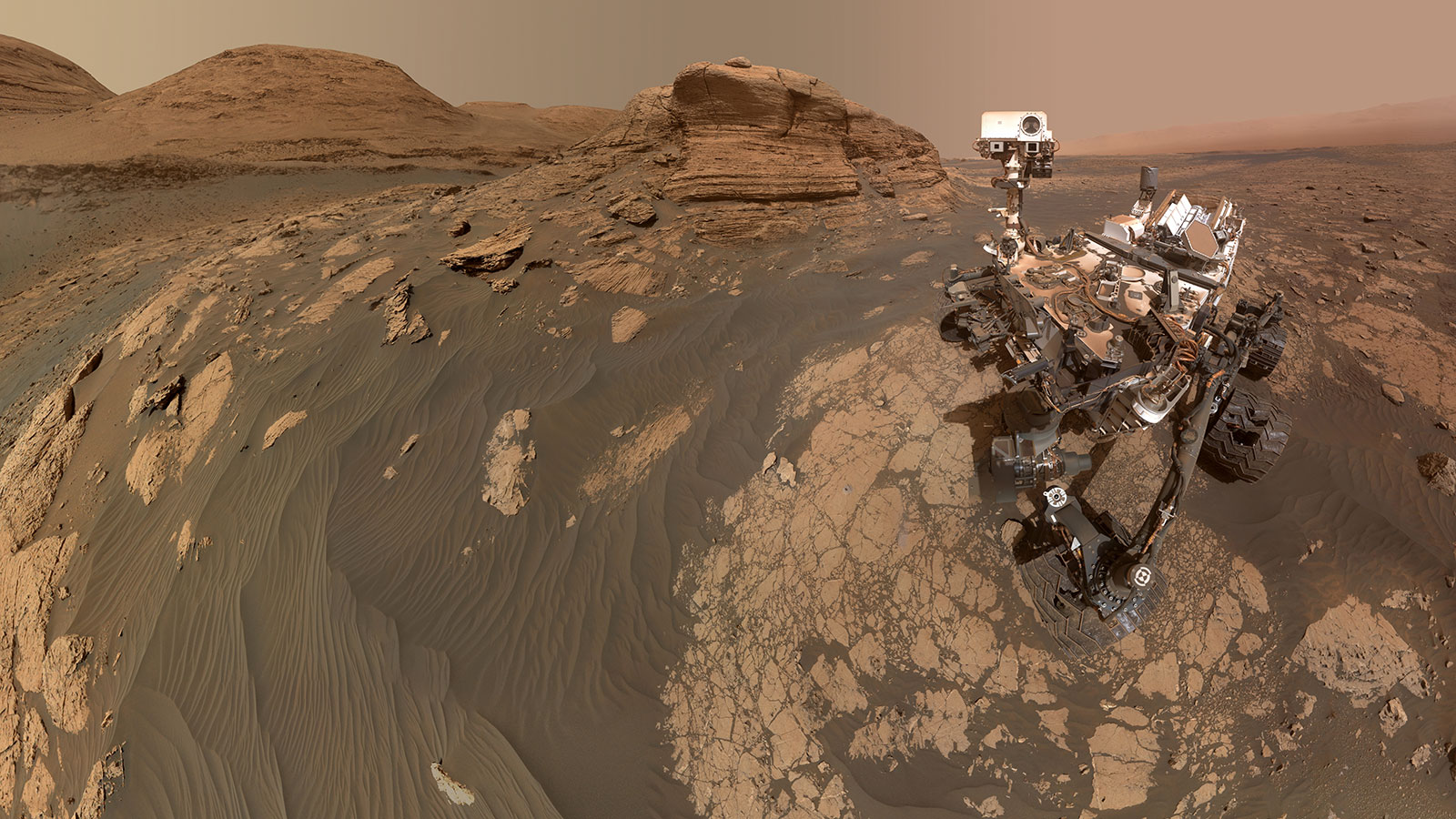FOR MORE THAN NINE YEARS, A CAR-SIZED ROBOT has been roaming the Martian landscape in search of ancient life.
NASA’s Curiosity rover landed on Gale Crater on August 6, 2012, and has been exploring the presumably dried-lake ever since. But a fresh look at Curiosity’s old data revealed that the ancient basin may not have been as wet as scientists once believed, possibly altering the history of water on Mars and the probability of the Red Planet hosting life during its past…
Tanya Harrison, a planetary scientist and director of science strategy for Planet Labs, who was not involved in the study, says that the reason Gale Crater was designated as the Curiosity rover’s destination is that Mount Sharp appeared to straddle that boundary between warm, hot Mars and cold, dry Mars.
“The crater was probably filled with water — that water evaporated and left the bottom half of Mount Sharp behind, which eventually eroded to the point that it’s at today,” Harrison tells Inverse. “At some point later, these wind-blown deposits were laid on top of that. Because the top half of Mount Sharp is not carved by any channels or anything that we can see, that suggests that it never interacted with water.”
See more: New Curiosity Rover Find Challenges a Fundamental Mars Theory by Passant Rabie

